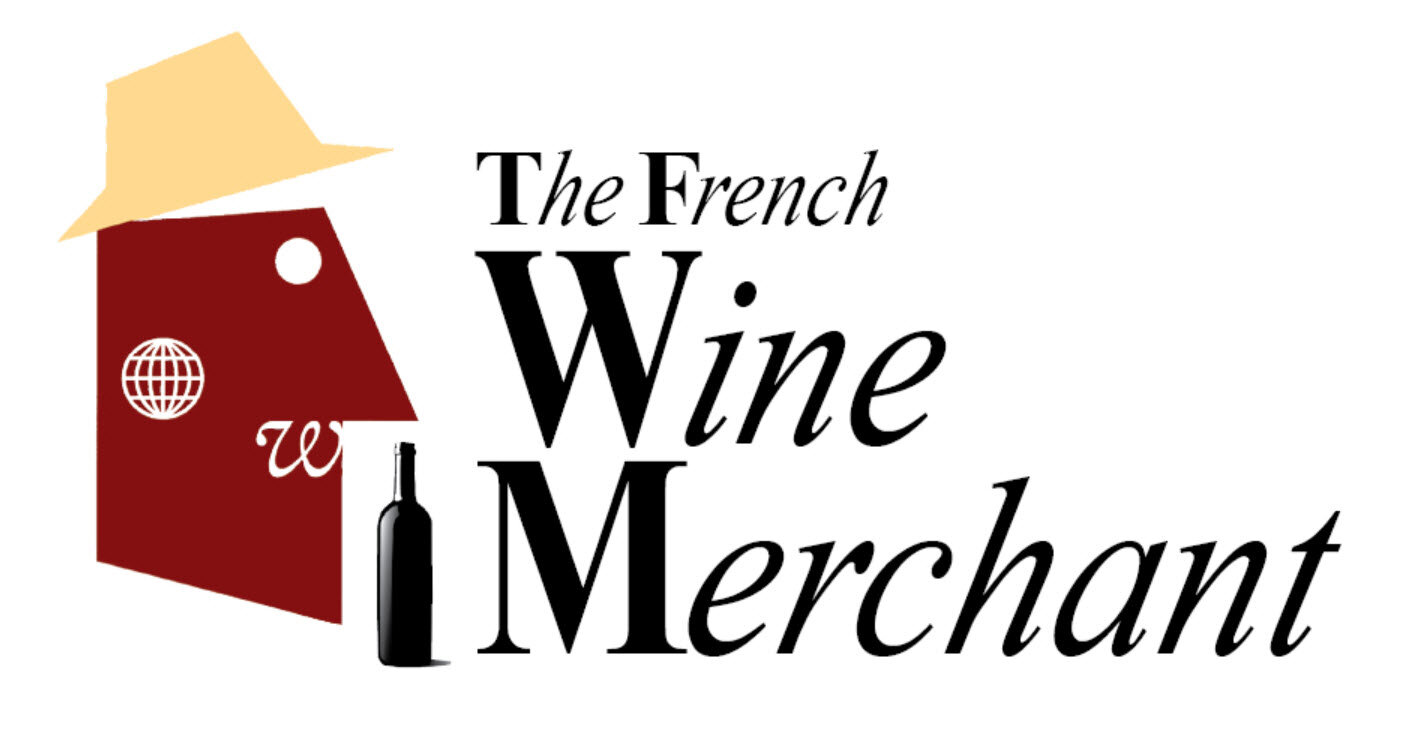Chill in the Air, Warmth in the Glass: Exploring Winter Wine Delights
As winter wraps us in its cool embrace, dining out takes on a new charm. The clinking of glasses, the warmth of good company, and, of course, the right wine to complement the season. In this blog post, we unravel the mysteries behind the wines that often grace winter restaurant menus, exploring their nuances and why they make for perfect companions during chilly evenings.
Winter's Wine List: The Most Popular Restaurant Picks
Winter menus in restaurants often boast an array of robust red wines since they are aware that as customers navigate the chilly weather, they’re seeking comfort in a glass. Classics like Cabernet Sauvignon, Merlot, and Syrah take center stage. These hearty choices pair exceptionally well with winter dishes, such as slow-cooked stews, roasted meats, and rich pasta dishes. While white wines remain available, they often don't take the spotlight in cooler temperatures. This is because white wines are generally served chilled, even in winter. The temperature at which they are chilled might be slightly higher than in summer, but it's common to maintain a cool temperature for whites to preserve their refreshing qualities. In contrast red wines are typically served at slightly warmer temperatures than white wines. A range of 55-65°F (13-18°C) is often suitable for red wines, but specific preferences can vary based on the type of red wine, and during the winter season, restaurants are aware that temperatures can fluctuate. Among the robust red wines commonly enjoyed during winter, Cabernet Sauvignon is often considered a top choice. Still, let yourself be open to discovery. If you find Pinot Noir on the menu, it's an excellent choice for a lighter red, complementing a variety of dishes with finesse.
Why These Choices?
As you might have guessed by now, the popularity of robust red wines during winter can be attributed to their warming qualities and ability to stand up to hearty, flavorful foods. The bold tannins and deep flavors of Cabernet Sauvignon, the velvety smoothness of Merlot, and the spiciness of Syrah all contribute to a satisfying and comforting experience. When Pinot Noir is not available, Grenache can be a worthy substitute, offering a lighter body with vibrant fruit flavors. Both Pinot Noir and Grenache share similar bright acidity. Another great aspect of Grenache is that its lower tannin levels help it pair well with spicy foods.
As we delve deeper, we discover that certain substances in red wine, like resveratrol, may have warming effects on the body, making them ideal choices for colder months. The complex, layered profiles of these wines also encourage slow sipping, allowing the drinker to savor each nuanced note, enhancing the overall dining experience. The velvety texture of red wines, combined with their deep, rich flavors, creates a soothing and comforting sensation as they gracefully fall on the palate. This tactile pleasure, along with the warmth they provide, adds to the overall enjoyment, making robust reds particularly appealing during winter.
Raising the Glass to the First Season of the Year
Now that you may know what to anticipate, embrace the winter chill with the perfect glass in hand. Whether you opt for a robust Cabernet or a lighter Pinot Noir, the choices on winter wine menus are designed to elevate your dining experience. Venture beyond your usual selections and explore the diverse world of winter wines – your taste buds will thank you. Cheers to embracing the season with every sip!


